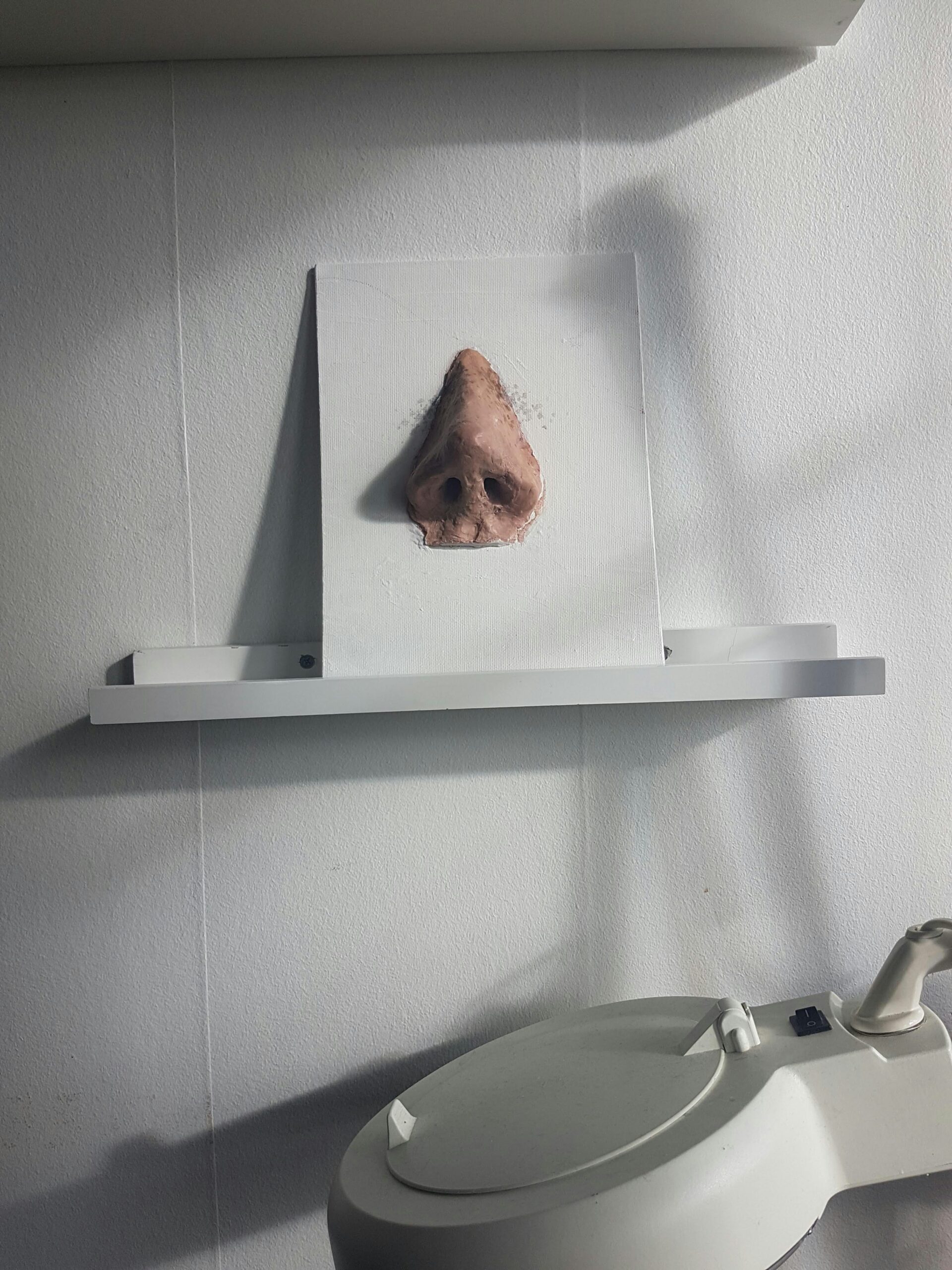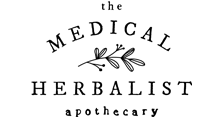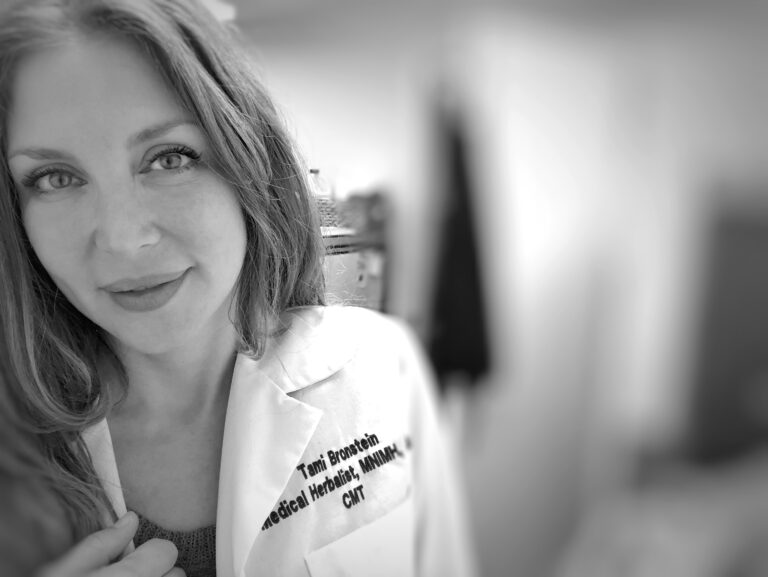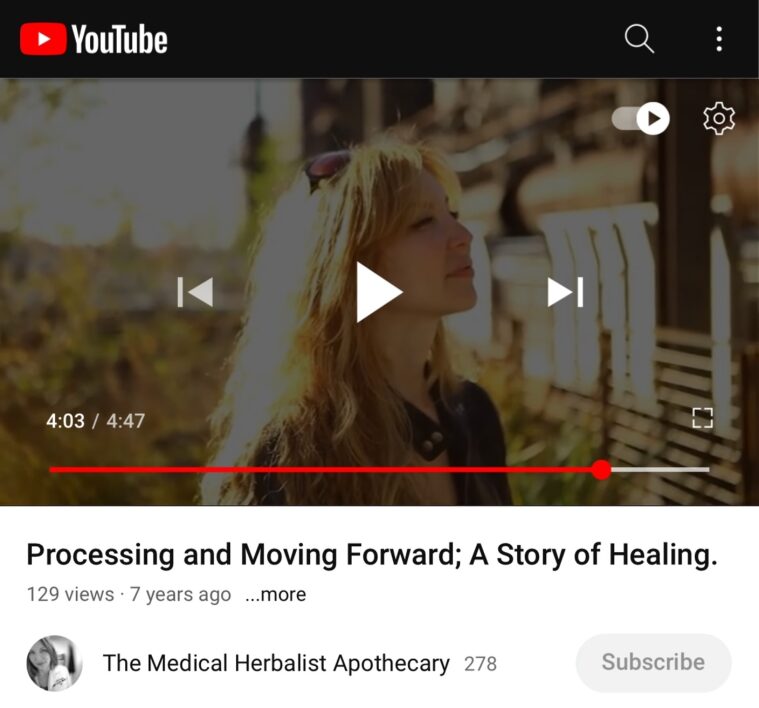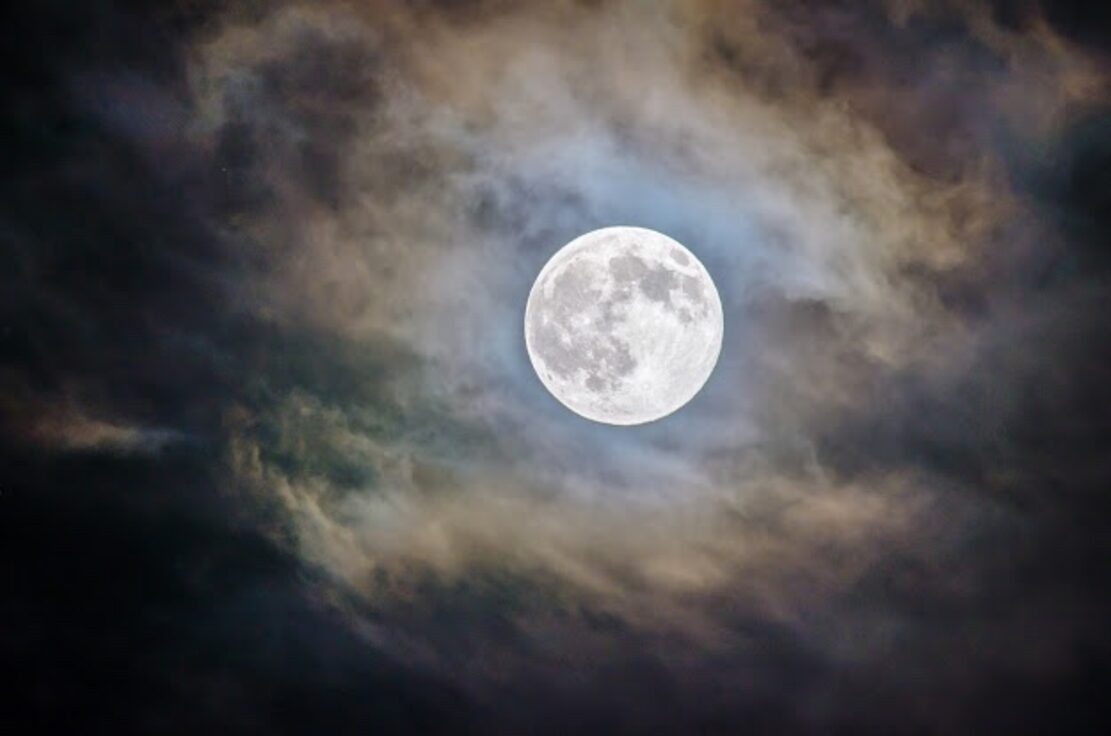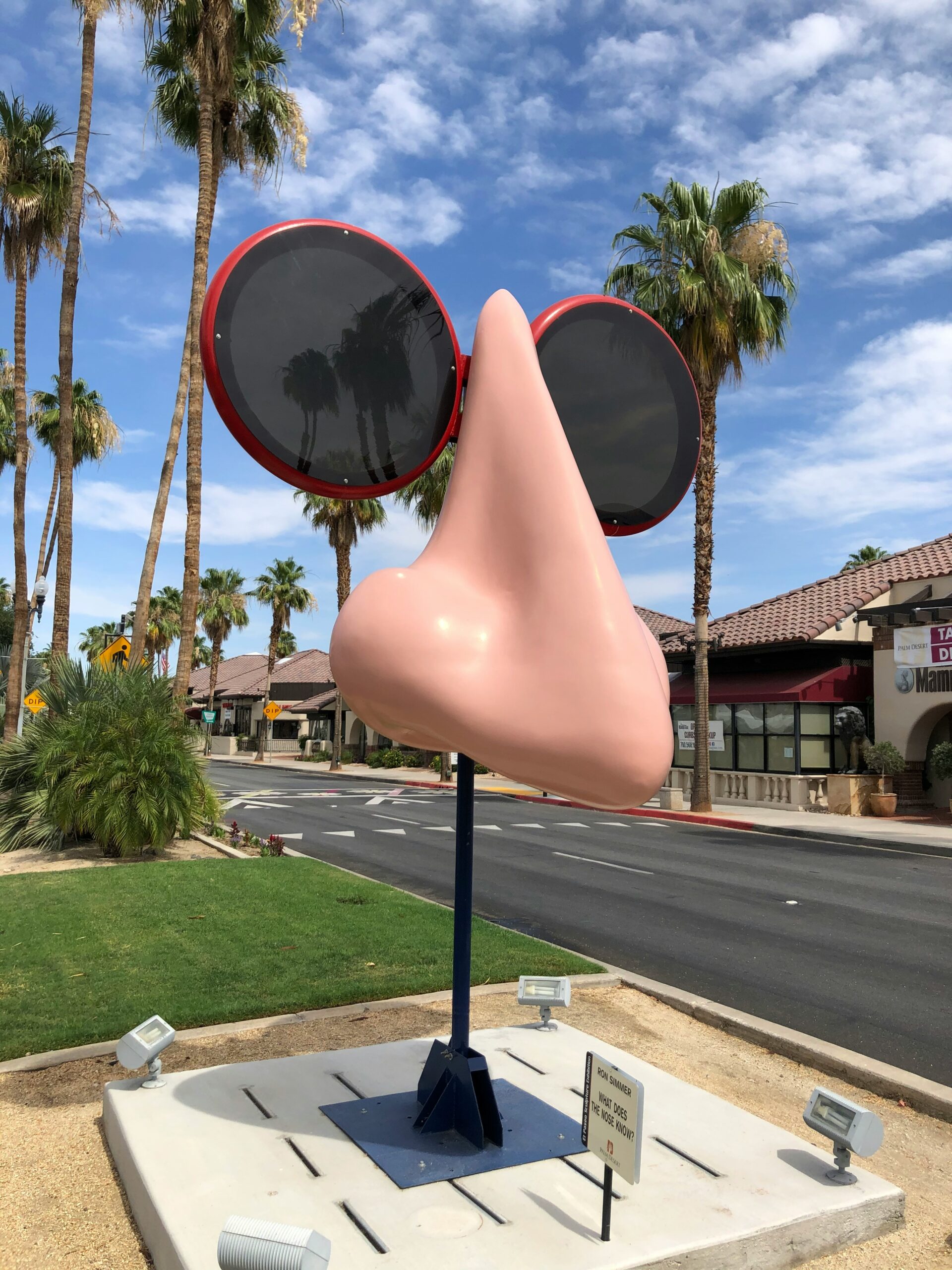
Allergies — Seasonal or Year-Round — and Repeated Infections generating lasting sinus inflammation ( Sinusitis ) can be an overwhelming distraction.
Let’s consider the nature and function of Sinuses:
Sinuses’ basic function is to warm, add moisture to, and filter air for the lungs.
These largely closed cavities of limited drainage capacity are lined with mucous membranes – known as Respiratory Mucosa.
For the sake of an abbreviated explanation, Respiratory Mucosa contains Mast Cells that act to secrete a substance called Histamine — Histamine then functions to dilate blood vessels, and stimulates goblet cells to produce the sticky substance we know as mucous.
When environmental allergens, viruses, bacterium, or mold spores contact these mucous membranes, the body recognises them as a foreign body to trap (contain), manage, and eliminate.
The dilation of blood vessels allows greater blood flow into the mucosa, causing local swelling.. and so generates the sensation of congestion.
Congestion is compounded by the increasing matter of mucous filling the small space of each sinus cavity — and the source of sinus pain and pressure.
You can imagine that it doesn’t take much fluid to fill these small cavities, limited in space by the bones of the face and head (which do not stretch to accommodate the increased collection of blood flow + mucous volume).
Our bodies’ immune system “sees” common airborne irritants like plant pollen, dust, and mold spores, and responds similarly as it does toward that of an infectious “antigen” [ an agent of parasitic or immune-triggering virus / bacteria / fungus ] that must be contained at the site of entry.
The trouble with Allergies (in particular), is that the body’s immune system becomes over-stimulated by exposures to these irritants, and so excessive production of histamine and mucous relentlessly flood the sinuses.
Since drainage cannot keep up with this process of ongoing congestion, the discomfort of pressure and overflow of mucous can be overwhelming.
The most common groups of symptom care include: Antihistamines, Inhaled Corticosteroids, and Decongestants.
The trouble with long-term and perpetual use of Antihistamines is that it can disrupt Urinary function in men — enlarging the Prostate and activating Frequent Night-time Urination (see my previous Blog post on additional causes of Urinary Frequency).
Long-term Antihistamine use impacts Histamine in its function as a Neurotransmitter Hormone of the Adrenal Metabolic Pathway.
As a result, it can be a part of Hormonal Imbalances in those who take them regularly for long durations, or year-round without pause.
Alternatively, it can feature in Hormone Disruption after discontinuing the daily shorter-term seasonal use of Antihistamines.
The after-effects I see most often includes (but not limited to): Menstrual Irregularity, increased Menopausal Hot Flashes, and Sleep-interrupting Urination in men.
Regular use of Antihistamines can additionally exacerbate Anxiety, due to the involvement of Adrenal function. (this is mentioned in packaging materials as amongst some most common occurrences with long term use)
Nasal sprays that contain corticosteroids intended to reduce inflammation and open airways can deepen the hormonal disruption once the treatment is finished.
Decongestants act to CONTRACT (narrow) histamine-dilated blood vessels — which may reduce the swelling for improved air flow — yet they dry-out the sinuses.
What is wrong with drying the sinuses? Over-drying the sinuses can reduce our ability to drain existing mucous build-up, and so it becomes too thick to drain.
Why is this a problem? Stagnant mucous in warm, dark, moist sinus cavities can breed a Secondary Bacterial Infection. This often requires Antibiotics to clear infection — yet — it STILL does not fully resolve thick mucous drainage to clear congestion, and Fungal involvement can accelerate.
Next up? Weeks of post-nasal drip and overnight coughing as thick mucous drains in the back of the throat.
Good times, hey?
My role:
- Aim to liquefy the mucous and allow it to drain
- Tone mucous membranes and reduce inflammation without drying
- Work to help clear secondary microbial infections, alongside Antibiotics as required (sometimes they cannot be avoided!)
- Modify diet to reduce histamine and mucous production
- Improve Immune function without over-stimulating
So, what are we to do when Allergies are disruptive to our daily function?
ANSWER: An Integrative Approach to management. There is a place for applying conventional and natural complementary measures side by side…
We may not be able to completely avoid over-the-counter Antihistamines in peak season, but we can aim to moderate and reduce their use — limiting when possible.
Some days/weeks during peak season, pollen counts and mold levels are extraordinarily elevated, and so we find that an Integrative approach is most effective.
Resisting the use of decongestants will also help keep mucous texture more fluid for efficient sinus drainage and prevent constipation of over-drying fluids.
NEXT, let’s manage our home environments to reduce the allergen load:
- Keep windows closed during the peak pollen seasons, and use high efficiency MERV-13 (or better) HEPA air purifiers in the home.
- Change purifier filters every 2-3 months if used daily.
- Install a MERV-13 (or better) HEPA air filter in your heating furnace and air conditioning units to further refine air purification management. The best filters are (or similar to) Filtrete 1900 series or better. Change these every 2-3 months as well.
- Wash your hair and body each night – AND/OR – change pillowcases daily during peak allergen season. This reduces allergens that collect on our hair and skin through the day from grinding into our bedding at night.
- Flush nose every morning and night with saline spray. Use the saline wash with long, narrow nozzle and continuous spray mist. Aim to rotate the spray tip, and rinse around entire interior surface of the nose. Allow fluid to drain and try rinsing again each session. Aim for a saline wash with the least number of ingredients — no need for additives.
- Follow these measures whether it is Allergy or Viral / Bacterial Infection to reduce irritant load.
Basic measures:
- Daily consumption of foods that are naturally anti-histaminic. This can include foods high in Vitamin C with naturally occurring Bioflavonoids (such as dark leafy greens, dark berries, acerola cherry, and other produce)
- Most individuals tolerate daily teas including rosehips, hibiscus, and nettle leaf — all high in Vitamin C and factors useful in easing Sinus issues.
- Adding low-process whole grain foods like Buckwheat (a gluten free food) which is also high in the bioflavonoid, Rutin (can be cooked like oatmeal for a hot cereal meal or side dish)
- Increasing intake of high density nutrient foods such as seeds and greens improves the body’s ability to recover
- Raw honey is best started a month or two BEFORE peak allergy season to allow your body to recognise locally common pollen allergens (consuming Raw Honey, sourced within 50 miles of your location). Do not cook raw honey for this use, as it will reduce its helpful effects.
What else can cause Sinusitis?
Since Sinuses are a part of the Respiratory System, we must consider that it is one pathway amongst five (5) Channels of Elimination.
These pathways are a means for the body to eliminate waste in its natural processes of detoxification.
Alongside the Respiratory System, this includes:
Digestive
Lymphatic
Urinary, and
Integumentary (Skin)
If one of these five pathways becomes congested through consuming inflammatory or constipating foods, eating foods that trigger Threshold Food Sensitivities, dehydration, generally poor dietary habits, infections, stress, and certain medications, we can potentially experience symptoms in one or more of the other four channels.
This is to say:
Waste must find a way out — The body is miraculous in that it aims to eliminate by-products of natural metabolism (energy production, energy use) and has innate detoxification processes.
As such, imbalances like Constipation of the Digestive Tract and/or Skin issues such as Acne or Eczema flare-ups can be seemingly unrelated symptoms, yet commonly accompany persistent Sinus Congestion.
They are connected: The development of one imbalance influences the development of the others — regardless of which came first.
This is often why reducing dairy (mucous-producing/constipating) intake during certain seasons, reducing intake of foods that trigger Food Sensitivities (discovered upon testing), and avoiding other inflammatory foods can assist in managing Sinus, Skin and Digestive issues — all at once.
Tailoring it to You — When Sinusitis is resistant to “doing all the things” mentioned above:
Ideally, we must consider your full personal health history in safely and effectively applying more concentrated and therapeutic levels of herbal medicines.
Moderating each factor in your personal management of Sinusitis is not “one size suits all” — as it may require a wider lens to manage it most effectively.
In Summary:
Perhaps daily use of Allergy medications may not be avoidable altogether — especially when symptoms are overwhelming.
Minimising allergy medication when possible are the keywords here.
Reducing use to the occasions when they are simply unavoidable for daily function is the more moderated approach — and the least impactful with after-effects.
Natural measures can work to reduce symptom intensity and enhance rate of recovery once medications are discontinued.
Generally-speaking, hormonal disruption following use of antihistamines, corticosteroids, and decongestants will commonly require approximately 3-4 months of consistent natural support to more fully recalibrate — depending upon duration of use and type of preparation.
Always here for you to apply custom tailored, natural options to manage a history of Chronic Sinusitis, and recovery from common management methods!
